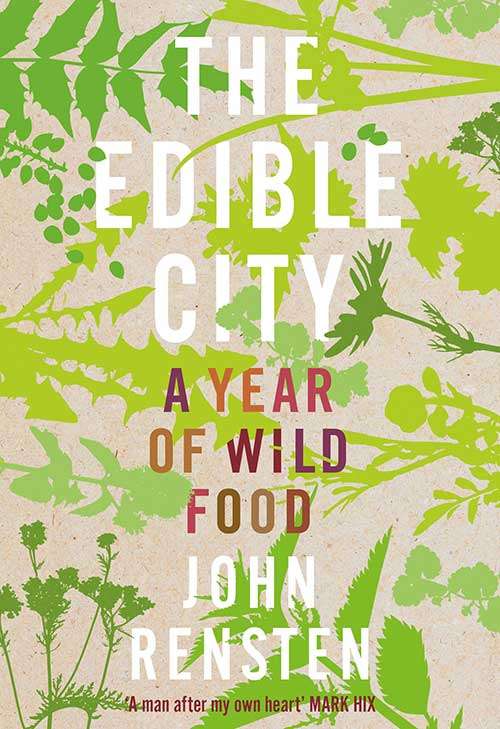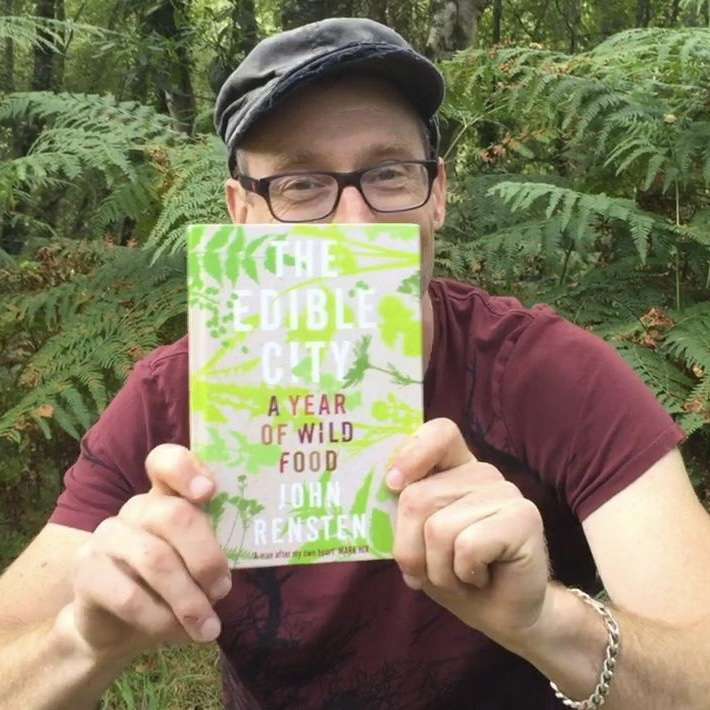Wild food foraging and plant identification in London parks
London foraging in one of London’s numerous parks or green spaces is an enriching experience. A blend of nature connection, self-sufficiency, and community activity. Urban landscapes allow city dwellers to explore the myriad wild foods that are available all around them, while also deepening their relationship with the natural world.
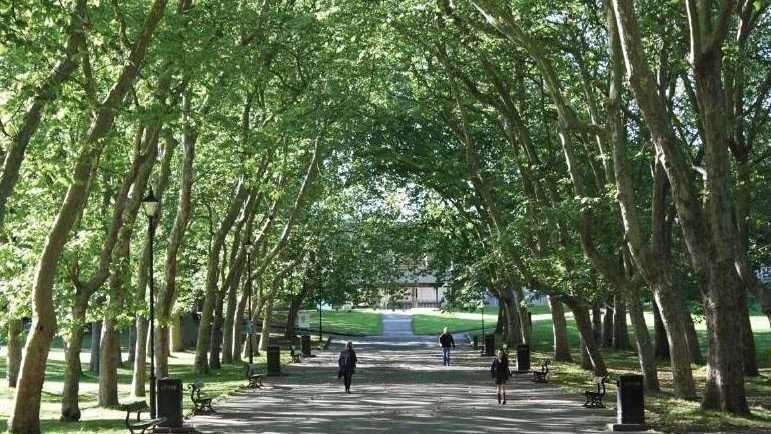
Guidelines and principles for London foraging
For sustainable foraging, adhering to specific guidelines is key. Targeting invasive species for removal, like Himalayan balsam, helps maintain the ecological balance. These plants often over compete with native species. This approach not only aids in ecosystem preservation but also aligns with sustainable practices. Additionally, respecting the natural growth cycles and harvesting modestly ensures that plants continue to thrive for the enjoyment of the wider public and for future foragers and wildlife.
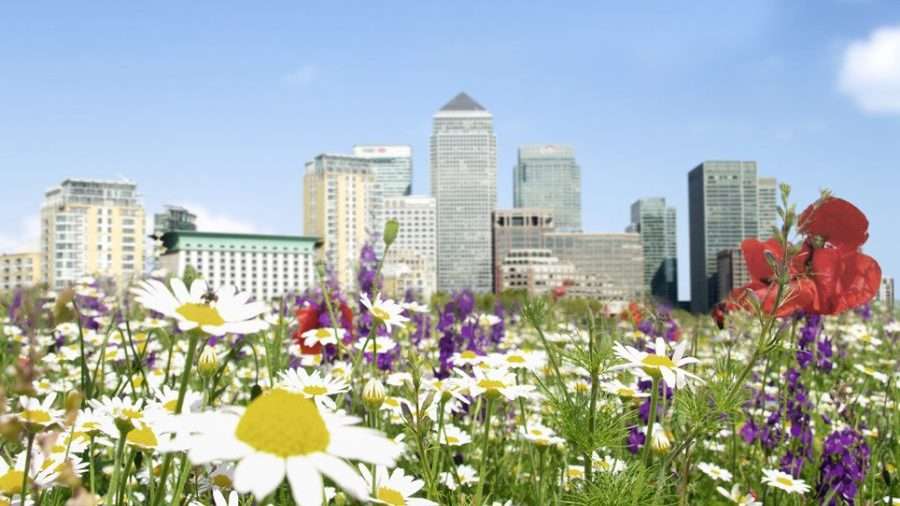
Community involvement is integral to a sustainable foraging experience. Many of London’s local parks offer Educational initiatives. These are things such as local foraging workshops, to promote an understanding of ethical foraging practices, foster a sense of responsibility towards the park’s natural resources. Collaboration between foragers, community members, and park authorities can lead to effective management strategies and general harmony.
In conclusion, wild food foraging in London’s parks offers a meaningful way to engage with nature in an urban setting, while also fostering community ties. Through responsible practices and community collaboration, foragers contribute to the sustainable enjoyment and preservation of this valuable urban green space.
The principles and guidelines laid down by the Association of Foragers are available on their website.
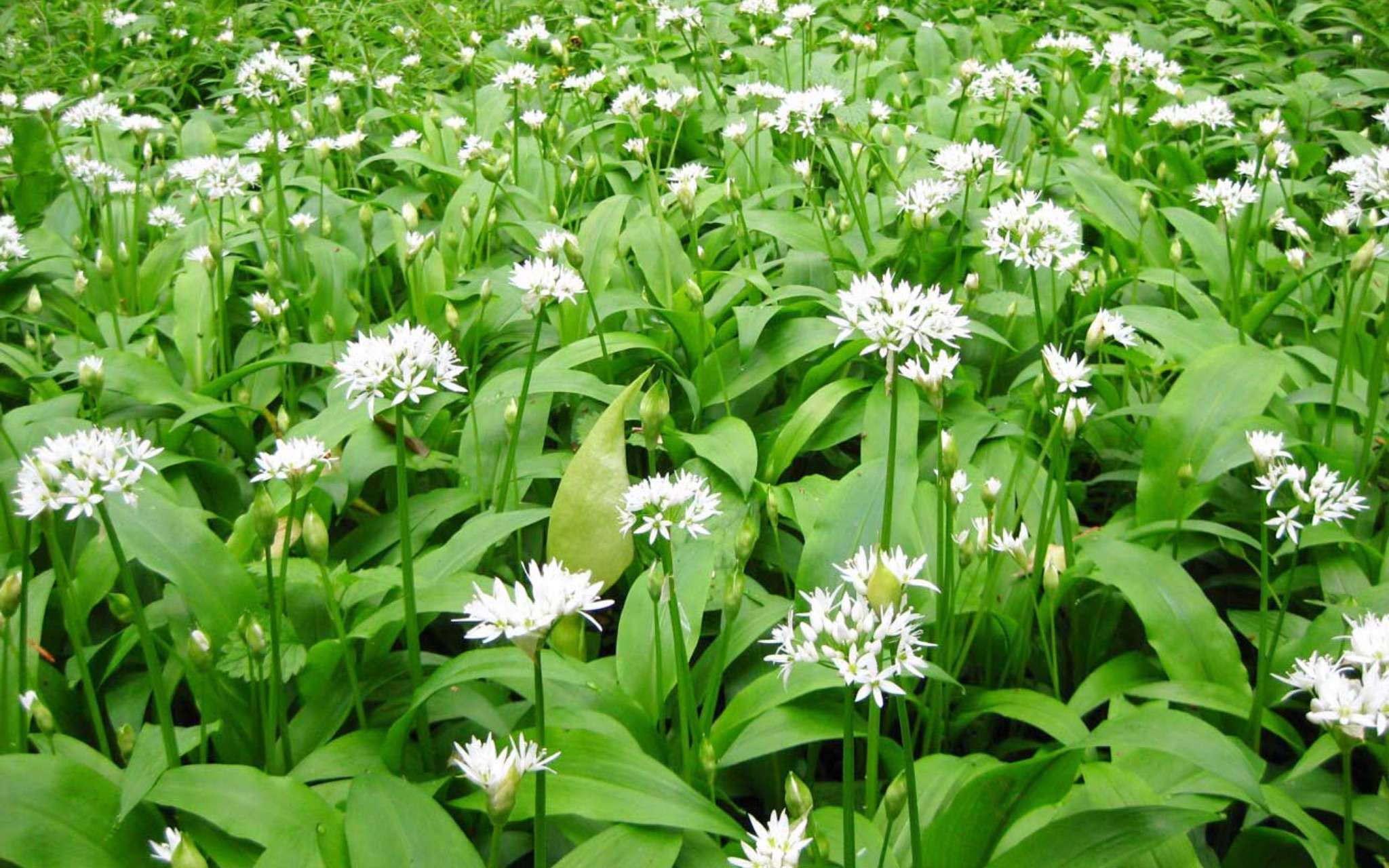
What you might find while foraging in London
Take any London Park, Clissold Park for example, situated in the bustling heart of North London. It has community growing projects, playgrounds, cafés, traditional gardens, and wild spaces. A park like this offers a huge range of opportunities for the urban Forager. It has in excess of 150 different species of edible wild plants. The park is not remarkable in any way compared to numerous similar green spaces, but it is a haven of edible flora, presenting a perfect setting for those seeking sustainable interaction with nature. However, it’s crucial to practice foraging in a way that protects and preserves the park’s ecosystem.
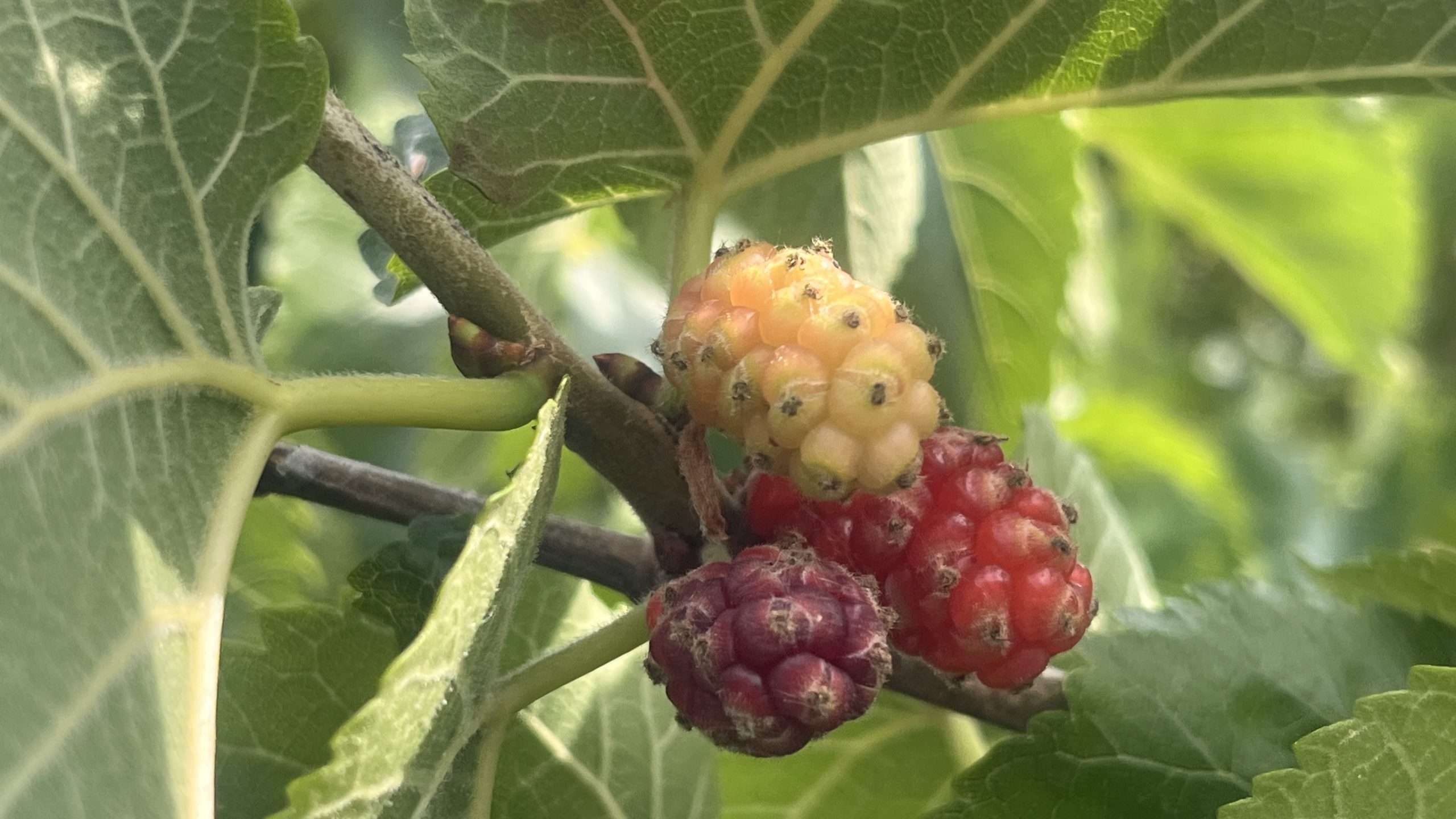
Greater London is 47% open and green spaces, making it a very green city looked at from the right perspective. Forage London and Beyond has run wild walks in numerous locations, including Burgess Park, Hampstead Heath, Ravens Court Park, Crystal Palace Park, Finsbury Park, Victoria Park, Mile End Park, Dulwich Park, Tower Hamlet Cemetery Park, Greenwich Park and nature reserve and many others. Among these parks natural offerings, wild garlic is always a highlight, flourishing in the wooded or shaded areas in the springtime.
Foragers can gather its leaves, stems, seeds, and flowers. They use it for enriching their dishes with the distinctive flavours, and enjoying this plant that typifies urban foraging and hunting for wild food in the city. It is often a highlight of the seasons. London’s Parks, Commons, and open green spaces, also yield wild fruits like elderberries, blackberries, cherries, wild plums, cherry plums, medlars and mulberries and wild plants such as nettles, sorrel, ox eye daisies, wild rocket, all of which can be creatively used in various recipes or preserves.
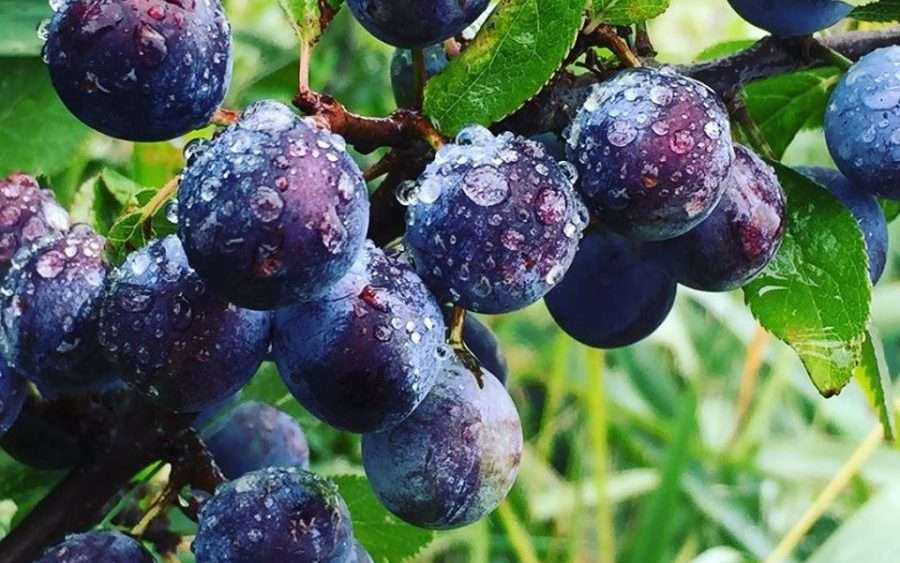
Wild food foraging walks & courses in London
Forage London & Beyond have been guiding wild food walks and foraging courses in London since it was established in 2006 by John Rensten, founder of Forage London & Beyond and author of the best-selling and critically acclaimed guide to urban foraging The Edible City.
We’re delighted to work with a small but extremely experienced team of foraging teachers. We offer a variety of foraging walks & courses throughout the year. These include introductions to herbal medicine and wild, medicinal plants, as well as mushroom growing workshops and mushroom hunting. You can find out more about and book via the link below.
